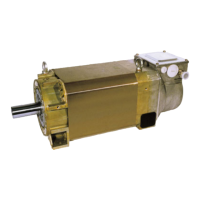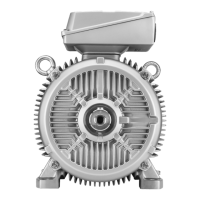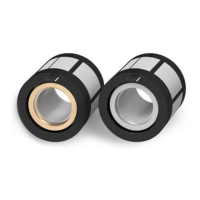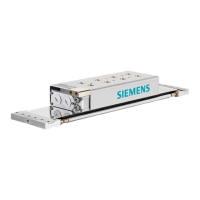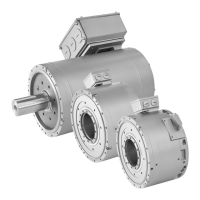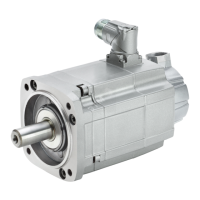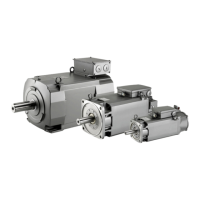2
2.2 Electrical system requirements
2-37
E Siemens AG 2013 All Rights Reserved
SIMODRIVE POSMO A User Manual (POS1) – 08/2013 Edition
2.2.3 Regenerative feedback protection when the motor brakes
If SIMODRIVE POSMO A is used in a system with low mechanical fric-
tion, then the electrical energy, regenerated when braking, can influ-
ence the load power supply. In cases such as these, regenerative feed-
back protection must be used.
The regenerative feedback protection is dependent on the following:
S The coincidence factor on the line–up of POSMO A drives
S The number of positioning motors operated on one line
S The degree of efficiency of the mechanical system
S The friction
S The moments of inertia
S The regenerative energy of a drive is calculated as follows
(without taking into account the losses):
W =
1
/
2
S J S ω
2
W: Braking energy [Ws = (kgm
2
/s
2
)]
J: Moment of inertia [kgm
2
]
ω: Angular frequency = (2 S π S n) / 60 [1/s] with n [rpm]
Under the specified conditions, the following typical braking energy per
drive is obtained:
S Conditions
– Braking from rated speed in S3 duty
– Effective overall moment of inertia = 1 motor moment of inertia
S Braking energy (in consideration of typically arising losses)
– 1.0 Ws ––> SIMODRIVE POSMO A – 75 W
– 2.5 Ws ––> SIMODRIVE POSMO A – 300 W
The effective total moment of inertia and the braking energy have a
linear interrelationship, i.e. for twice the moment of inertia, twice the
braking energy is generated when the motor brakes.
The following rules must be observed for regenerative feedback protection:
S Regenerative feedback protection must be used when using a
clocked load power supply (e.g. SITOP power).
S If the regenerative feedback energy is unknown, then regenerative
feedback protection should always be used.
General
information on
regenerative
feedback
protection
Braking energy
Rules when using
regenerative
feedback
protection
2 Installing and Connecting–Up
02.9908.0208.04
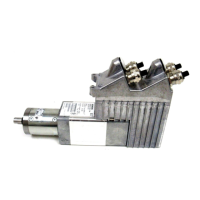
